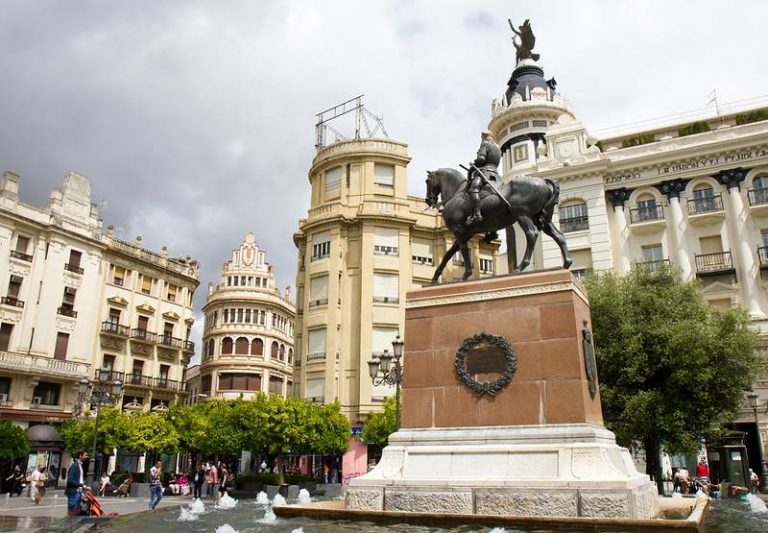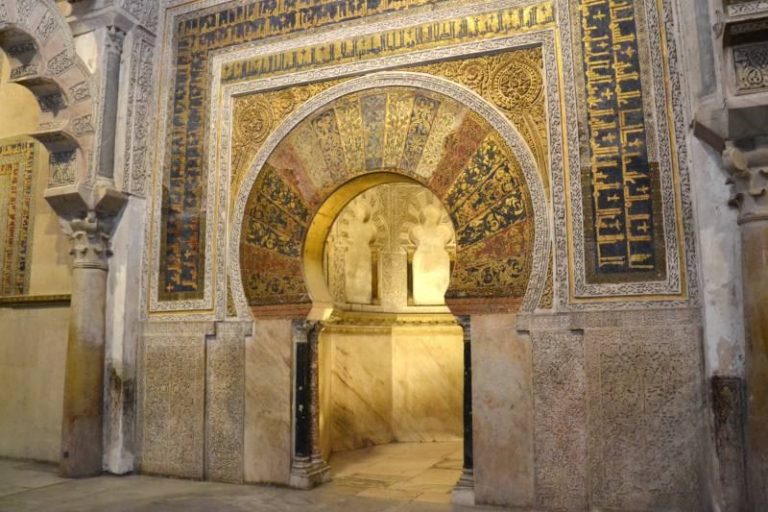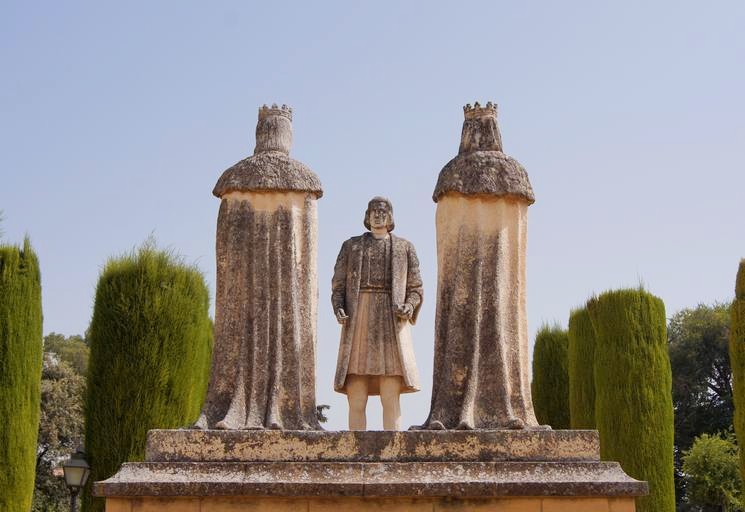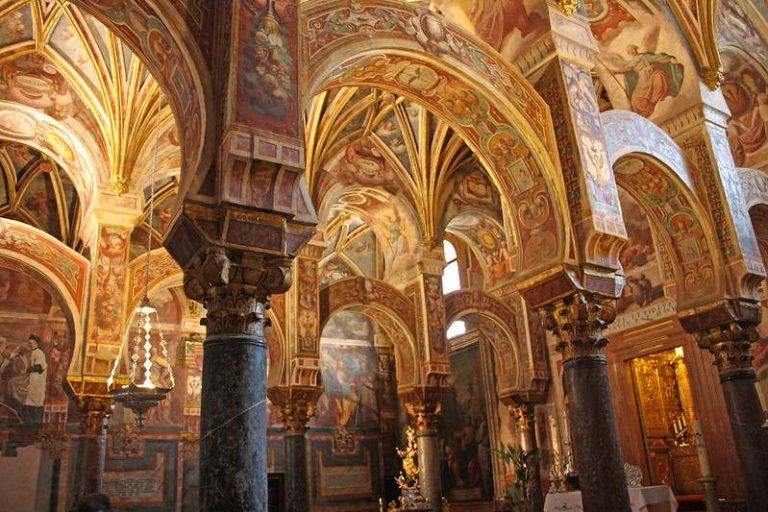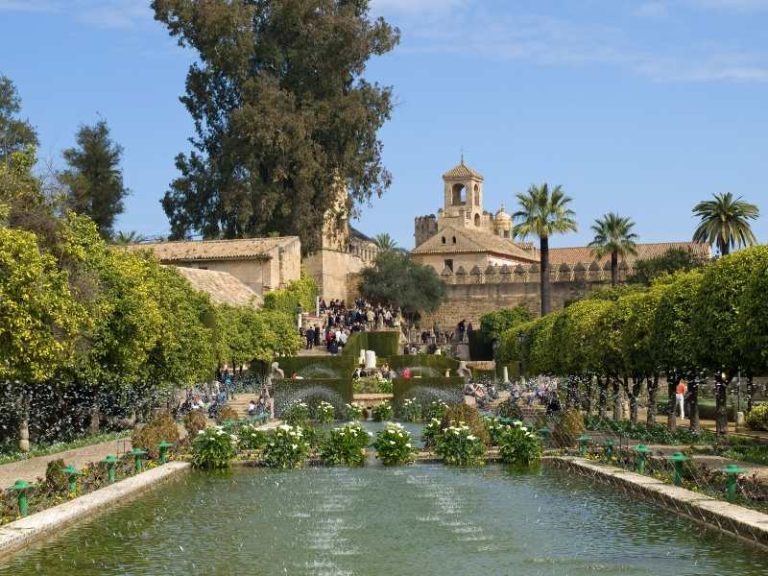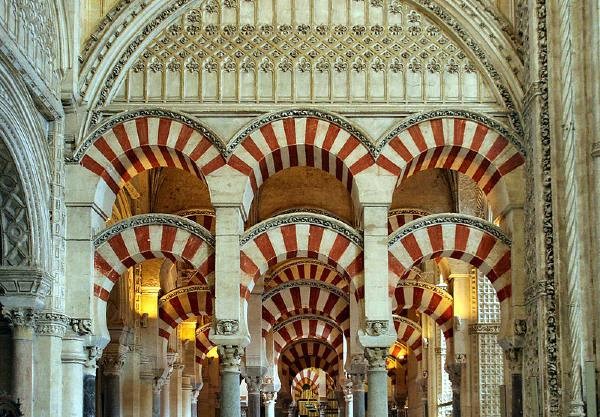History of Cordoba
Cordoba’s impressive historical legacy makes this city one of the most interesting destinations to visit in Spain and Europe. In fact, Cordoba is the only city in the world that has 4 places inscribed on the World Heritage List by UNESCO; the Mosque-Cathedral of Cordoba in 1984, the Jewish Quarter in 1994, the Festival of Patios in 2012 and the Caliphal City of Madina Azahara in 2018.
The Origins of Cordoba
In 46 BC the Roman Emperor named Cordoba “Colonia Patricia”, the highest consideration given to a city after Rome.
Lucio Anneo Seneca, famous philosopher born in Cordoba
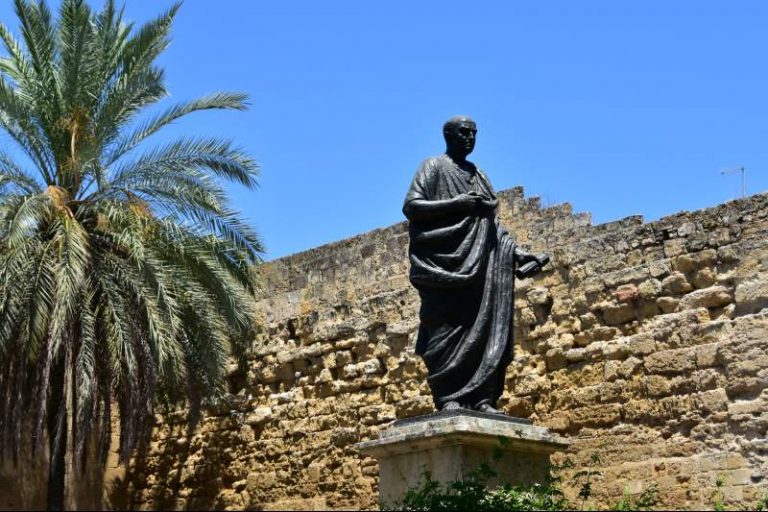
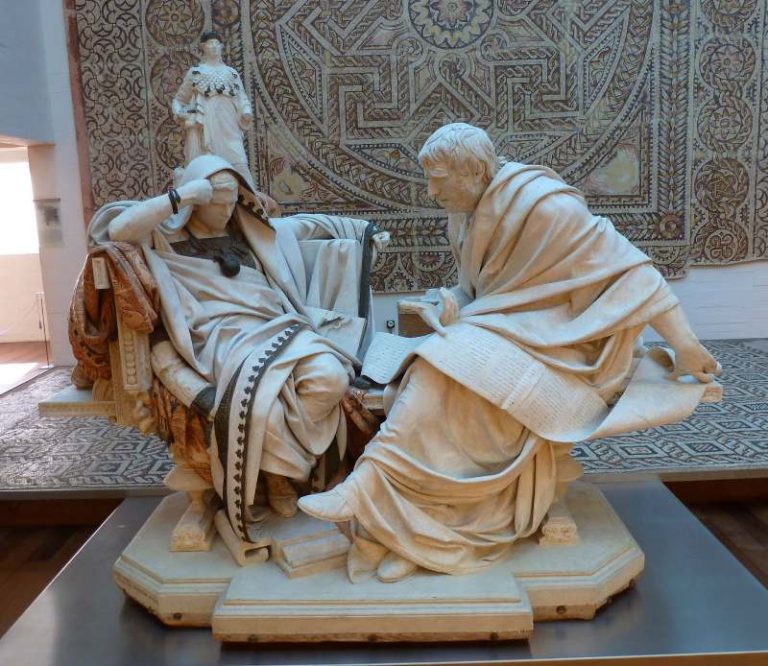
-Where to find Seneca in Cordoba?
Cordoba in the Visigoth Period
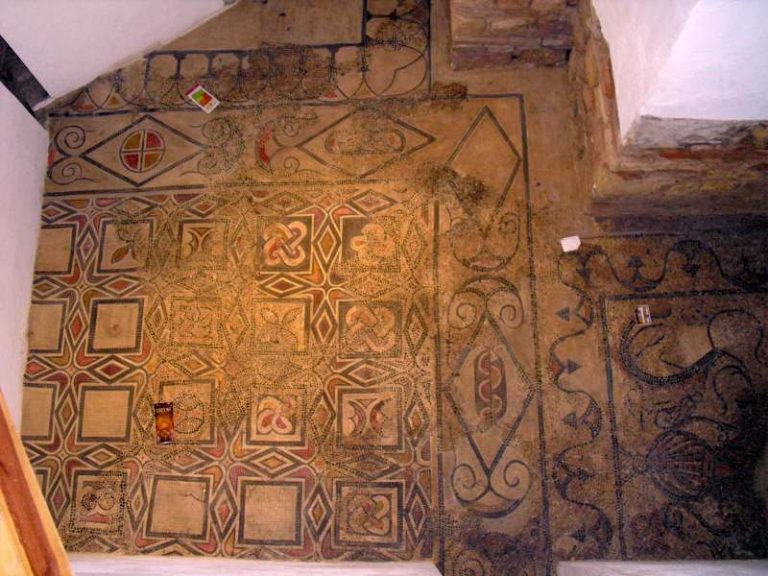
Cordoba, Capital of the Caliphate
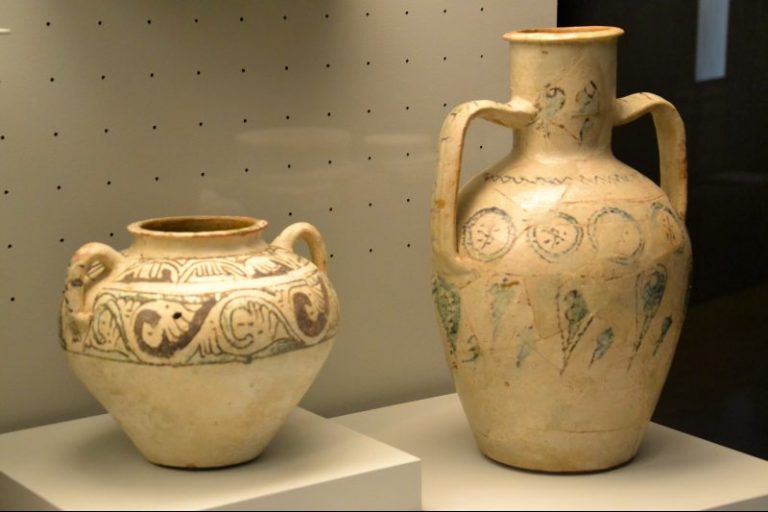
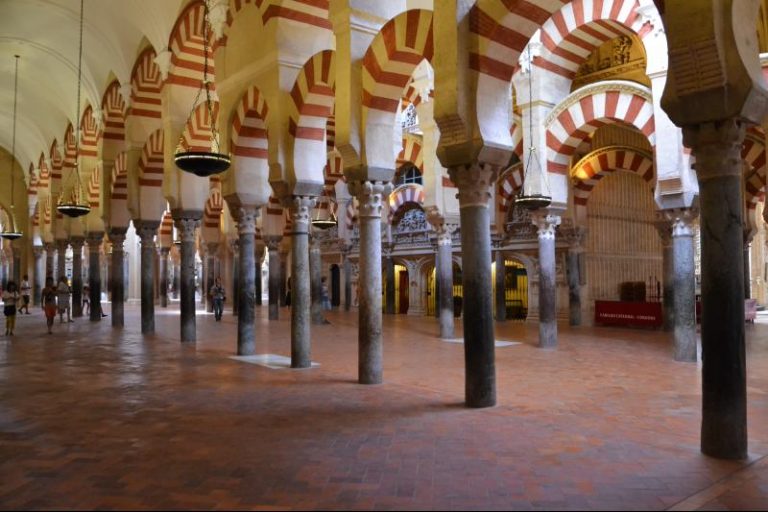
The infighting between the different regions of Muslim Spain and the increasing pressure of the Christian kingdoms of northern Spain eventually undermined the Muslim hegemony in the Iberian Peninsula. Religious fanatics from North Africa (Almohads and Almoravids) took control of Al-Andalus (Muslim Spain) and moved the capital first to Marrakech and later to Seville.
Slowly Christians were conquering cities and raids caused havoc among the Muslim population. The Arab splendor faded gradually in Spain and regions experienced a regression in all aspects (culture, economy, military power, etc.).
Illustrious figures born in Cordoba during the Muslim Period
During the Muslim period, Cordoba was the birthplace of great political leaders and and scientists. However, there are two of them that stand out above all others: Averroes and Maimonides.
Averroes
Averroes came from a wealthy family. His grandfather and his father worked as judges in Al-Andalus, profession that later he also would practice in Seville and Cordoba.
Years later, he was appointed personal physician to the Caliph, an especially important and influential position at that time.
Without a doubt, his most important contribution was the medical encyclopedia and the comments on the work of Aristotle. Jacob Anatoli (1194 – 1256) translated his texts from Arabic into Hebrew. From then on Averroes’s teachings spread rapidly throughout Europe. His texts were also translated into Latin, contributing to popularize the work of Averroes.
-Where to find Averroes in Cordoba?
You will find a statue of Averroes on Calle Cairuan
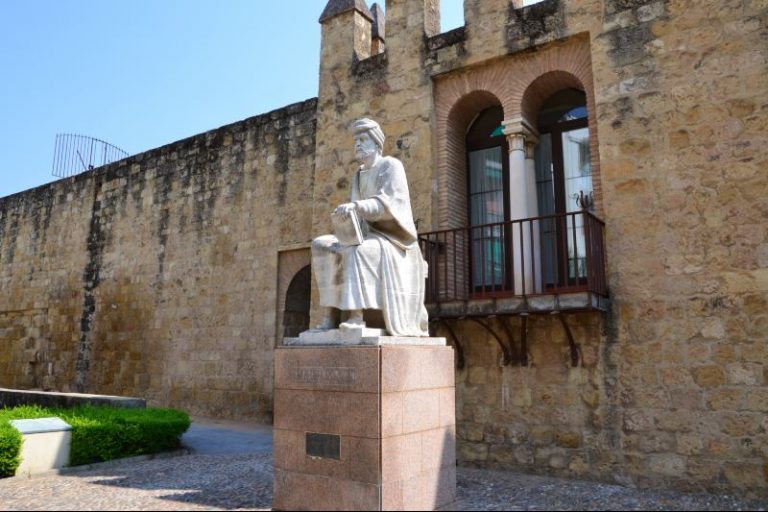
Maimonides
Maimonides came from a particular family. His paternal family was rich. They worked as rabbinical judges and were leaders of the Jewish community in Cordoba. However, his mother’s family was very humble: his grandfather was a butcher and his grandmother died young.
Since Maimonides was a child, he received excellent education in Cordoba. During the Middle Ages Cordoba was one of the most important political and cultural centers in Europe. In other words, the city was the ideal place to study, learn and gain popularity.
-Where to find Maimonides in Cordoba?
There is a statue of Maimonides on Plaza de Tiberiades. By the way, don’t forget to rub the left foot of Maimonides. Local people say it is a symbol of good luck!
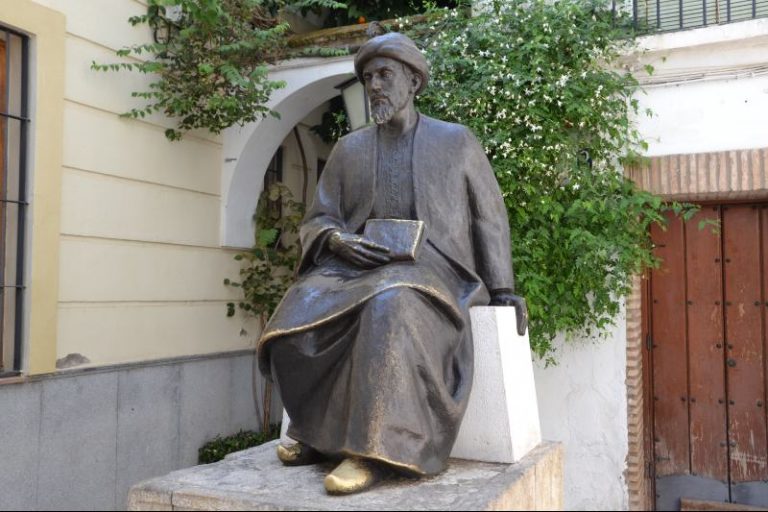
The Christian Conquest of Cordoba
Shortly before, the Spanish Kings (Fernando and Isabel) and Colombus met at the Alcazar of the Catholic Monarchs during the negotiations to fund the expedition that later would lead to the discovery of America.
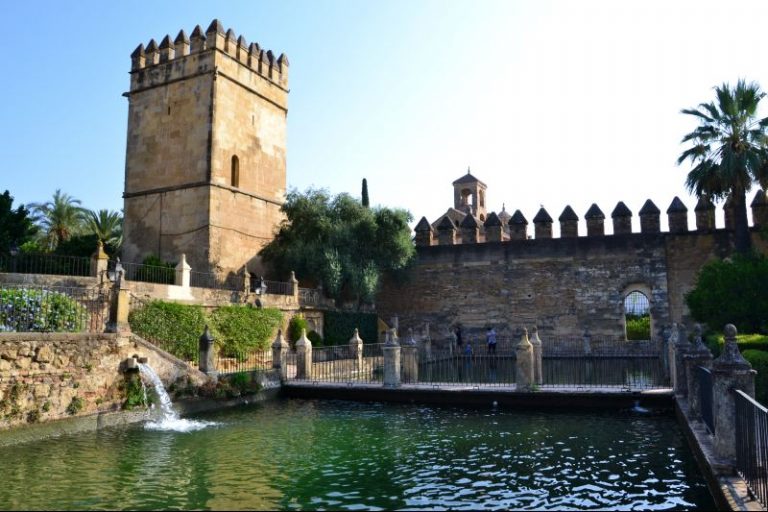
The Great Captain
-Where to find The Great Captain in Cordoba?
